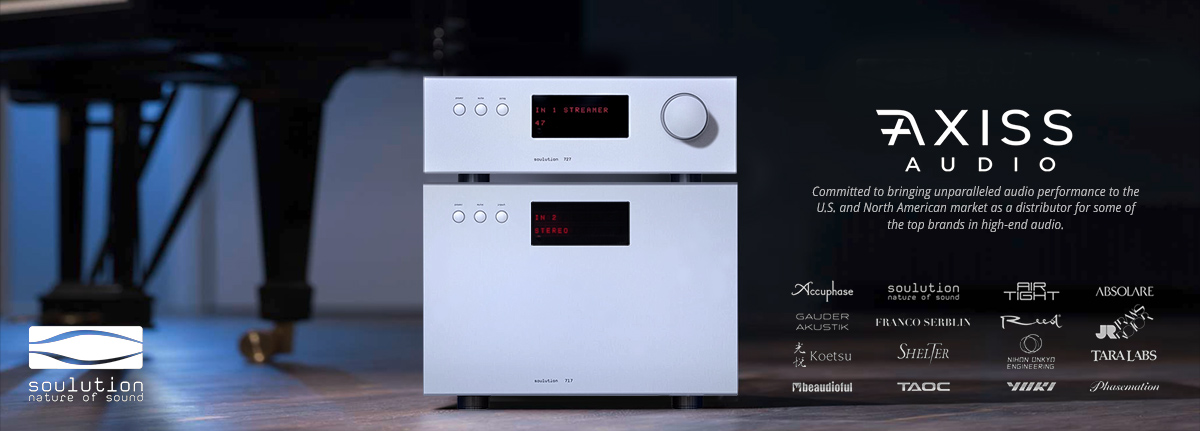Err, yes and no ,
Since most domestic listening is done at 1watt RMS and less making all of the above or most mute with modern drivers and coil designs. The 8/4 ohm straw man doctrine really mostly applies to tube amplifiers especially OTL’s which are distortion camps below 8 ohms , as they are typically higher in distortion than their SS counterparts even when driving low Z speakers . An SS amps with appropriate bias and feedback will have low distortion numbers into 2 ohm’s , yes the bad feedback, that great devil driven by those with an agenda about how bad it is to use feedback are now designing class D feedback factories

The first watt or 1 watt rms delivery is very important with tubes as this is the region where they compete with low distortion numbers making them very listenable, above this their distortion output rises exponentially unless with sufficient feedback , unlike SS which usually don't do so until typically 33% of output ..
The benign soft clipping of toobs is what makes them more pleasant to most than their SS counterpart running into clipping..
BTW Loudspeakers Sensitivity and efficiency are two different entities and measured differently ..!
2.83V is the current adapted industry standard @1M for comparative purposes..
At 1-2 watt RMS you will need 200 watts to avoid clipping on high DR recording
( as verified by Bob Cordell ) this very fact is why most under powered SS system owners run to toobs to avoid the dreaded SS tang at clipping .



















